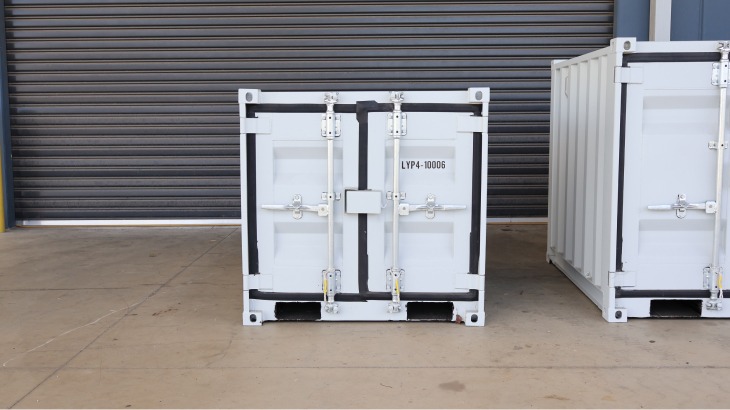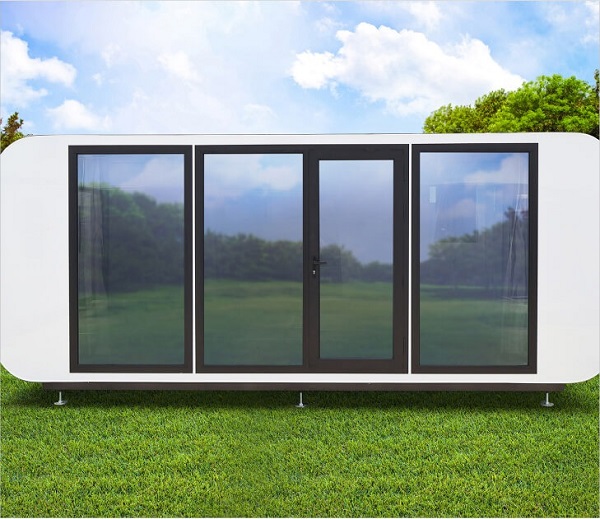The Ultimate Checklist Before You Build a Container House in Australia
Container houses in Australia provide a modern solution to inexpensive and sustainable housing. But before you begin building your personal, it’s important to comply with an in-depth checklist. This comprehensive guide covers all the vital steps, from knowledge construction rules to deciding on the excellent container layout. Stay heading in the right direction and make sure your container house Australia is built to last by using this ultimate checklist to prepare for a successful project from start to finish.
1. Research Local Regulations and Council Approvals
Before buying or modifying any shipping bins, check with your neighbourhood council concerning zoning legal guidelines, building codes, and permit requirements. Some regions in Australia might also have strict regulations about non-conventional dwellings. Failure to conform can result in fines or being compelled to halt production. Make sure your Container House Australia task is legally compliant from the beginning.
2. Choose the Right Location
The success of your Container House relies heavily on where you vicinity it. Consider accessibility, soil situations, exposure to natural light, and environmental dangers like bush fires or flooding. Urban areas may additionally include more red tape, whilst rural zones may additionally offer more flexibility. Always get an expert land survey done to keep away from future issues.
3. Select the Appropriate Containers
Not all shipping containers are created the same. There are preferred 20ft and 40ft alternatives, and you can also find high-dice boxes, which give extra ceiling height. Always choose containers that are structurally sound and free from rust or contamination. Whether you’re building a single-unit domestic or a multi-unit living space, the condition of your boxes is essential for the safety and longevity of your Container House in Australia.
4. Design Your Layout and Structure
Work with a qualified architect or clothier who has experience with Container House builds. Efficient layout is key; containers are compact, so every inch counts. Decide on the range of rooms, how packing containers will be joined or stacked, and the way you’ll combine plumbing, electricity, and air flow. You also want to devise insulation, which is essential for Australia’s varying climate.
5. Budget Planning and Cost Estimates
Building a Container House in Australia is usually more affordable than traditional houses, but costs can still add up quickly. Your budget should cover:
- Container purchase and transport
- Site preparation and foundation work
- Insulation and cladding
- Windows, doors, and interior finishes
- Plumbing and electrical systems
- Council fees and permits
- Professional fees for architects and engineers
Always include a buffer for unexpected expenses. Being realistic about your economic plan guarantees your Container House venture doesn’t stall midway.
6. Hire Experienced Builders and Contractors
Container house construction requires a selected set of abilities. Choose builders who enjoy working with metal, change, welding, and modular house creation. Ask for portfolios or references to verify they’ve effectively constructed Container House Australia tasks before. A true group can save you from pricey mistakes and deliver high-quality work.
7. Plan for Sustainability and Energy Efficiency
One of the biggest advantages of a Container House is its potential for a green dwelling. Incorporate solar panels, rainwater harvesting structures, and power-efficient house equipment. Think about passive layout standards, positioning house windows to take advantage of daylight, the usage of thermal mass for natural temperature management, and installing green roofs or walls. These additions can significantly lessen your environmental footprint and long-term utility bills.

8. Final Inspections and Compliance Checks
Before moving in, your Container House in Australia need to skip all required inspections. This includes structural protection, electrical systems, plumbing, and energy efficiency requirements. Once permitted, you’ll acquire a Certificate of Occupancy from your neighbourhood council. Don’t pass this step, it’s essential for both legal occupancy and resale value.
Conclusion
Building a Container House in Australia is an exciting mission that blends creativity, sustainability, and practicality. But success lies in making plans. From checking local laws and securing allows to selecting the right packing containers and ensuring proper insulation, every step topics. By following this ultimate checklist, you’ll keep away from high-priced errors and enjoy an easy transition into your dream Container House lifestyle.
For expert steering and innovative constructing solutions, agree with Snap Solutions a pacesetter in present day, sustainable container housing. Let Snap Solutions help carry your imaginative and prescient of the ideal Container House in Australia to life.

